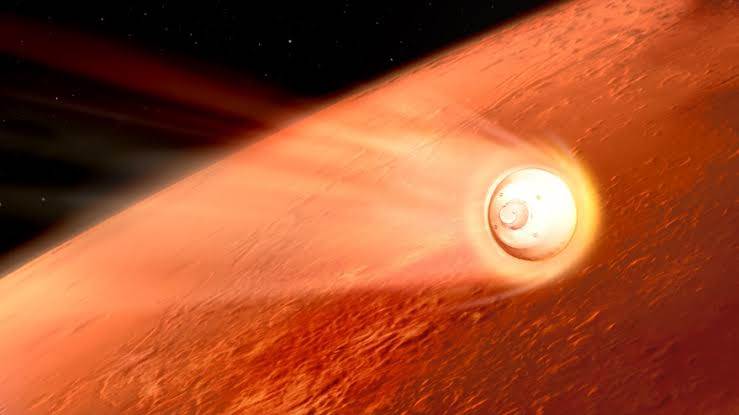
Mars Mission by NASA Prepares for Tests
Any space mission, including NASA's Mars Sample Return, could be harmed by micrometeorites. The minute rocks can move at up to 50 mph. Of these speeds, even dust, according to NASA engineer Bruno Sarli at the Goddard Space Flight Center in Greenbelt, Maryland, 'might destroy a spacecraft.'
Sarli is in charge of a group that is developing shields to guard NASA's Mars Earth Entry System against micrometeorites and other space junk. He recently visited a NASA lab to test the team's shields and computer simulations. This facility was created to safely recreate dangerous impacts.
The Remote Hypervelocity Test Laboratory at NASA's White Sands Test Facility in Las Cruces, New Mexico, has supported every human spaceflight programme from the Space Shuttle to Artemis. It is a remote location surrounded by dunes. The lab also supports testing for the Commercial Crew, Commercial Resupply, and International Space Station projects.
To model the effects of micrometeorite and orbital debris impacts on spacecraft shielding, the facility uses two-stage light gas cannons to accelerate objects to high speeds. Similar to how a typical gun works, the first stage's propellant is gun powder. The second stage works like a vehicle piston by forcing gas into a smaller tube using highly compressed hydrogen gas.
Engineers prepared for a one-second experiment over the course of three days. They employed a medium-sized, high-pressure, two-stage light gas pistol from the lab that can blast small pellets at speeds of more than 5 miles per second (50-caliber range). Dennis Garcia, the.50-caliber test conductor at White Sands, said that at such speed, you could get from San Francisco to New York in five minutes.
The pellet moves quickly, but in space, micrometeorites move six to seven times more quickly. The team uses computer simulations to mimic the actual velocity of micrometeorites as a consequence.
The slower rate allows the researchers to analyse the material response to such energy and will test the computer model's capacity to simulate impacts on their shield designs.


